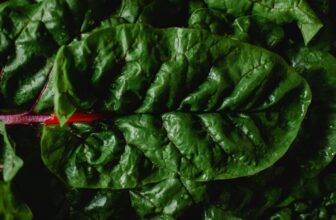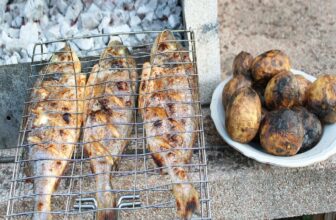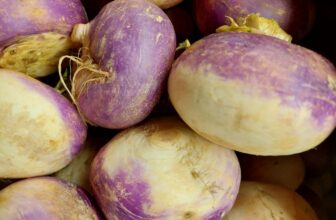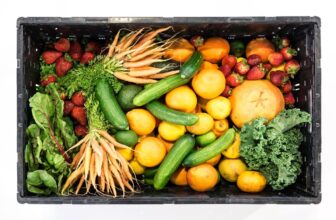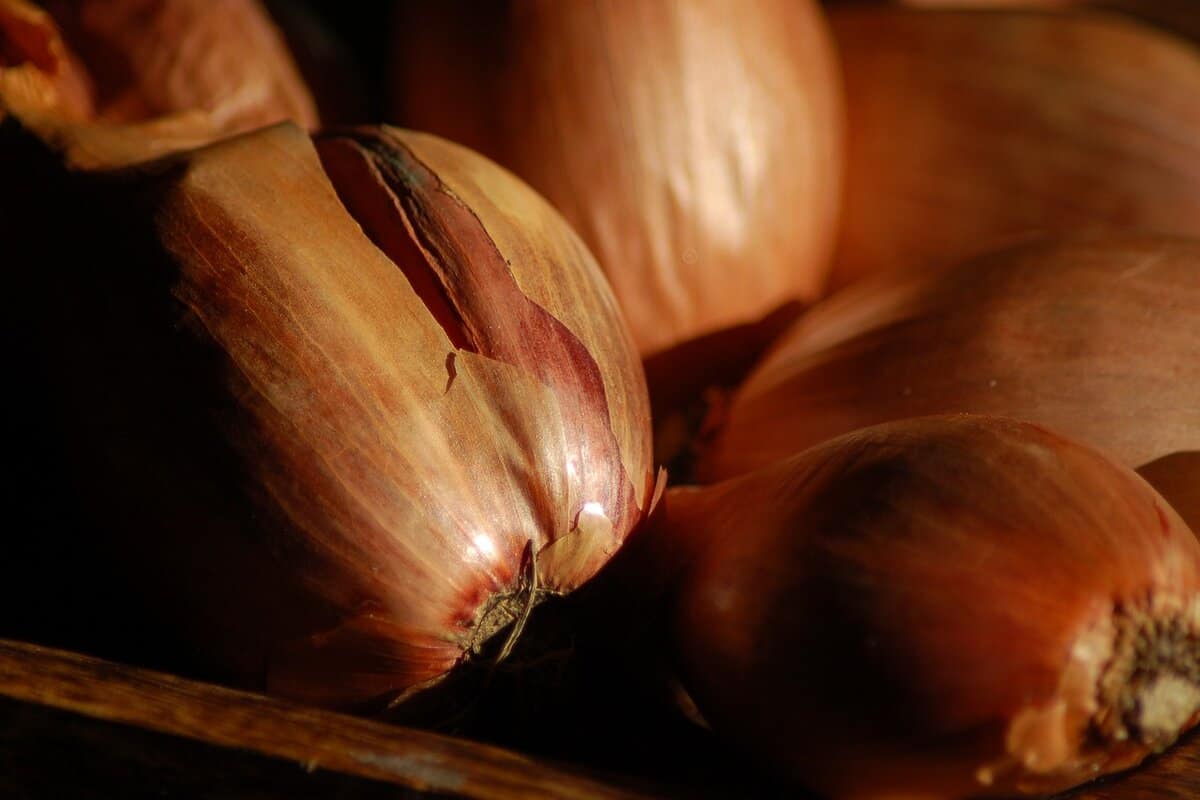
Human nutrition should be balanced. You can survive on pemmican, stew, and all sorts of meat sublimates for a long time, but it won’t do your body any good. The lack of most vitamins causes numerous diseases. That is why survivalists, who will focus on autonomous farming, have much less risk of jeopardizing their bodies. If, of course, they grow a variety of vegetables that cover the entire deficit of vitamins and minerals. In this case, they don’t need to have a large calorie content. Shallots contain few calories but a lot of vitamins, trace elements, and other important substances for health. That’s exactly what we will talk about today.
General information
The main value of shallots is not in the bulbs (although you can eat them, too) but in the green leaves. They are much tastier and more nutritious than ordinary onions. At the same time, they are practically devoid of bitterness. There are even varieties in which there is no bitterness at all, even in the bulbs. At the same time, the content of vitamin C, as well as nickel, iron, potassium, phosphorus, carotenoids, and B vitamins, in some indicators exceeds their content in ordinary onions. Shallots are also valued for their mild flavor, both of the green leaves and bulbs. Even those varieties that contain essential oils still taste better than regular onions.
However, survivalists are interested in shallots primarily for their frost resistance. This means that by planting it in early spring, you can already get fresh and nutritious greens in the middle of May.
Planting shallots
Shallots prefer acidic soils. The soil should be well-moistened and moderately loose.
It is propagated by seeds, but there is a risk of crossing with varieties of ordinary onions, which will lead to a deterioration in taste. So it is better not to grow these species together.
Shallots are a perennial crop, so from one bulb you can get several harvests. But after a few years of such cultivation, the quality of new leaves falls, and the breed degenerates. So periodically, you need to renew the stock and multiply it with seeds. To do this, you need to select shoot bulbs, give them time to grow, and then collect ready-made seeds, which germinate at home.
Bulbs are planted in rows at an interval of 7 cm to a depth of 5 cm. In addition, the distance between the rows should be at least 20 cm. Immediately after planting, abundant watering is recommended. This event is carried out in early spring, late March or early April.
Fertilizers and storage
The first feeding is carried out 2 weeks after the germination of bulbs. Use organic fertilizers at the rate of 1 bucket of solution per 10 square meters of plantings. It is also recommended to introduce calcium and superphosphate during the period of formation of full bulbs. Approximately 15 grams per square meter.
As for weeding and care, there is nothing unusual. Once a week, loosen the soil, and periodically spray with standard insecticides. Shallots are no different from other vegetables in this respect.
Harvesting
The criterion for the beginning of the harvest is the yellowing of the leaves. After this, the onions are dug out (or carefully pulled out), the greens are cut, dried, and chopped, and the bulbs are sent to ripen. This means that they should be periodically exposed to the sun for about two weeks. If everything is done correctly, they will survive until the next spring and start to sprout only towards the end of storage.
Check out these amazing shallot recipes. We wish you luck and a plentiful harvest! Stay safe!

